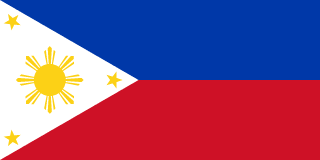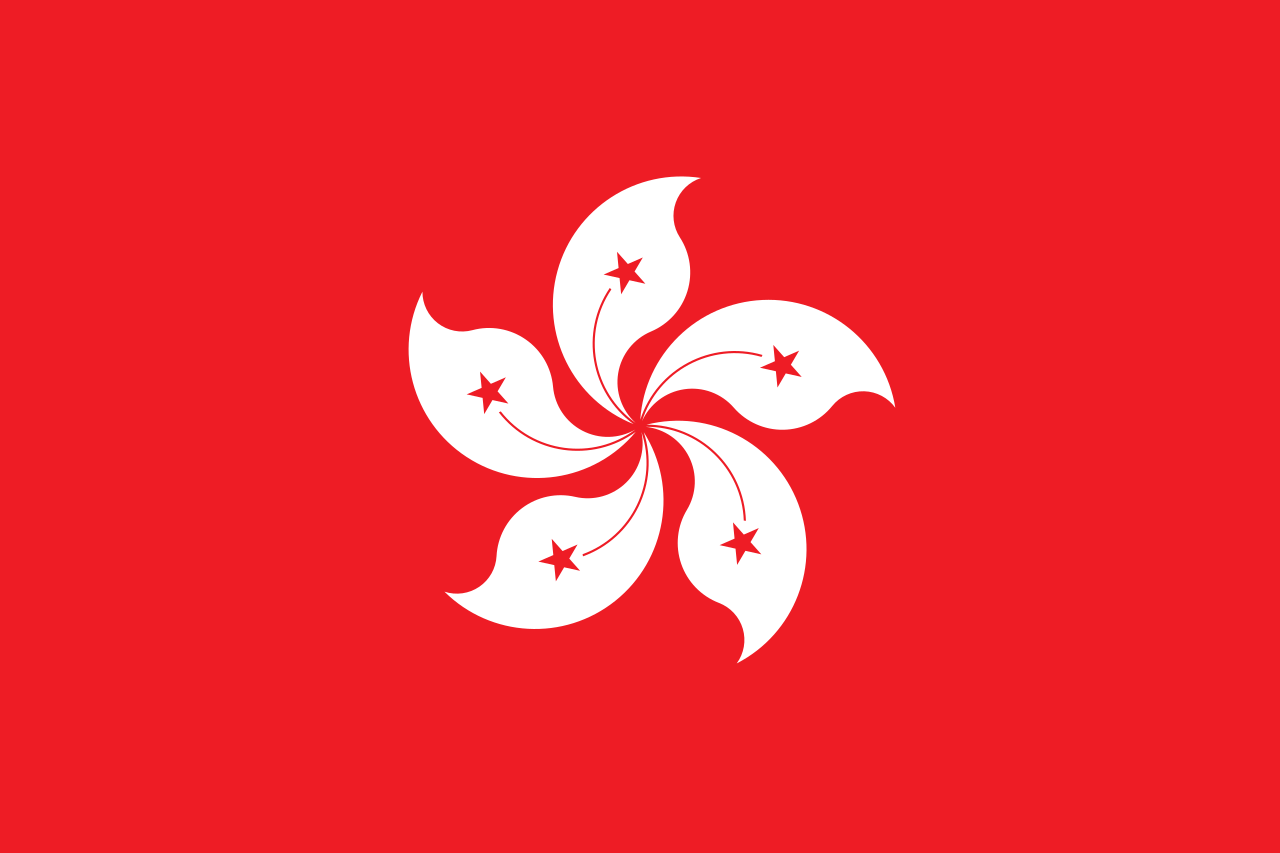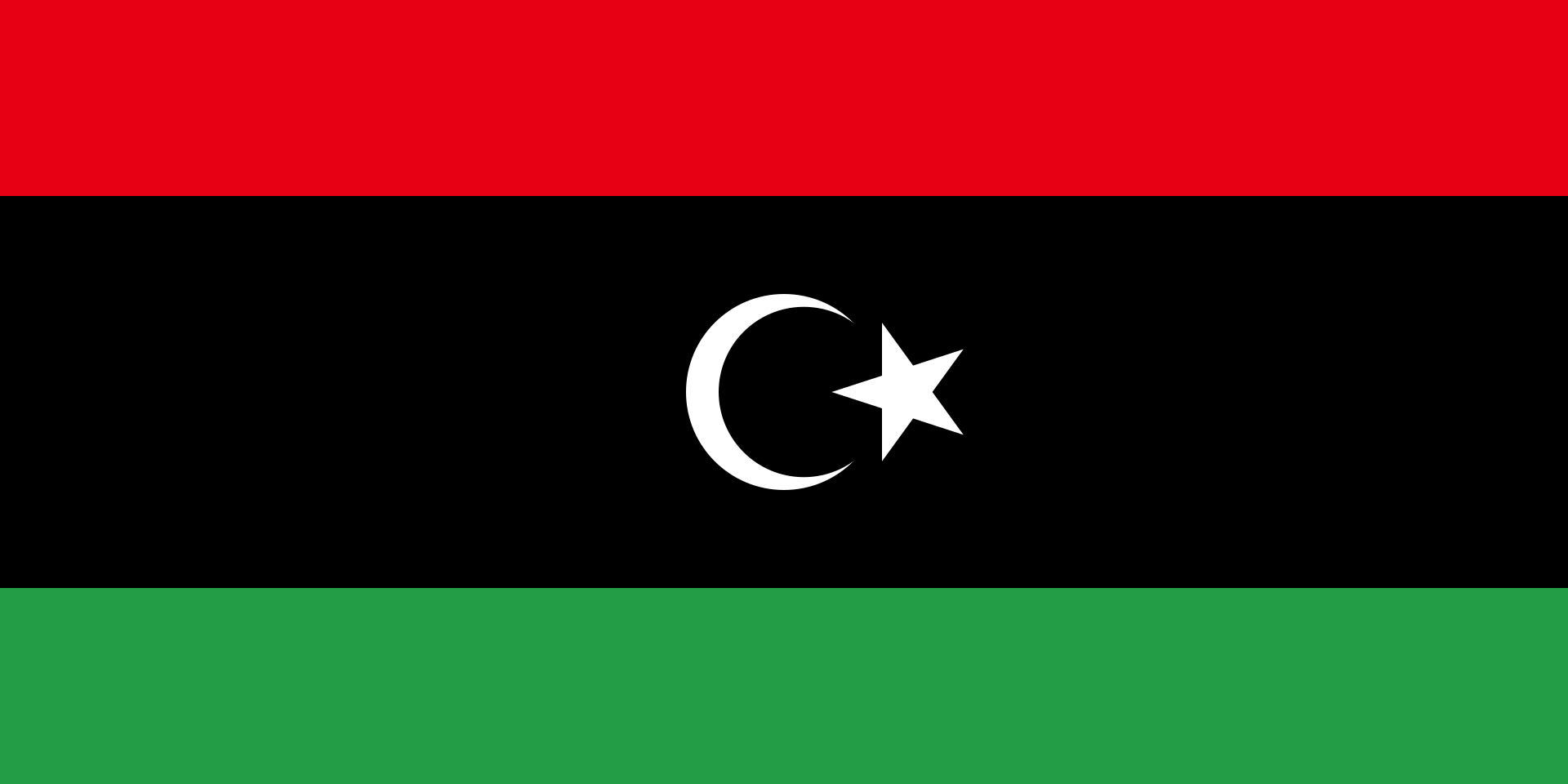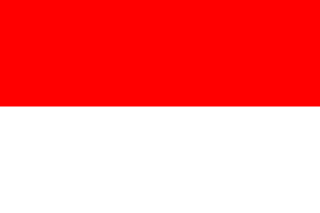Population
111,569,944
Last updated:
1 NovArea
300,000 km2
Last updated:
1 NovCurrency
Philippine peso (₱) (PHP)
Last updated:
1 NovOfficial Language
Filipino and English
Last updated:
1 NovPhone code number
+63
Last updated:
1 NovInternet TLD
.ph
Last updated:
1 NovAverage monthly salary
850 $
Last updated:
1 NovTotal millionaires
81,000 persons
Last updated:
1 NovTotal billionaires
15 persons
Last updated:
1 NovMilitary power
Passport rank
83
Last updated:
1 NovVisa free
65 country
Last updated:
1 NovReligions in Philippines
88.7% Christianity
*79.6% Roman Catholic
*9.1% Other Christian
6.0% Islam
5.3% Other / None
Info about Philippines (History)
The Philippines is an archipelagic island nation in Southeast Asia. It is located in the western Pacific Ocean and consists of approximately 7,640 islands, which are broadly divided into three main geographic divisions from north to south: Luzon, Visayas and Mindanao. The Philippines is washed by the South China Sea in the west, the Philippine Sea in the east and the Celebes Sea in the southwest and has maritime borders with Taiwan (Republic of China) in the north, Japan in the northeast, Palau in the east and southeast, Indonesia in in the south, Malaysia and Brunei in the southwest, Vietnam in the west, and mainland China in the northwest. The Philippines covers an area of 300,000 km2 (120,000 sq. Miles) and as of 2020 had a population of about 109 million, making it the twelfth most populous country in the world. The Philippines is a multiethnic state with diverse ethnic groups and cultures across all islands. Manila is the capital of the country and the largest city is Quezon City, both in the Metro Manila metropolitan area.
The Negritos, one of the first inhabitants of the archipelago, were followed by successive waves of Austronesian peoples. The adoption of animism, Hinduism and Islam established the island kingdoms called the Kedatuans, Rajanats, and Sultanates. The arrival of Ferdinand Magellan, a Portuguese explorer who led the fleet in Spain, marked the beginning of Spanish colonization. In 1543, the Spanish explorer Rui López de Villalobos named the Las Islas Filipinas archipelago after Philip II of Spain. The settlement of the Spaniards through Mexico, beginning in 1565, saw the Philippines become part of the Spanish Empire for more than 300 years. During this time, Catholicism became the dominant religion and Manila became the western center of trans-Pacific trade. In 1896, the Philippine Revolution began, which was then intertwined with the Spanish-American War of 1898. Spain ceded territory to the United States, and Philippine rebels declared the First Philippine Republic. The ensuing Filipino-American War ended with the United States taking control of the territory that it retained until the Japanese invasion of the islands during World War II. After liberation, the Philippines became independent in 1946. Since then, the unitary sovereign state has often experienced tumultuous experiences with democracy, including the overthrow of the dictatorship by a revolution of popular power.
It is considered an emerging market and a newly industrialized country, whose economy is shifting from agriculture to one based more on services and manufacturing. The Philippines is a founding member of the United Nations, World Trade Organization, Association of Southeast Asian Nations, NAM, Asia-Pacific Economic Cooperation Forum and East Asia Summit. The Philippines' position as an island country in the Pacific Ring of Fire and close to the equator makes the country prone to earthquakes and typhoons. The country has a variety of natural resources and globally significant levels of biodiversity. The geography of this low-lying island makes the country vulnerable to climate change, increasing the risk of typhoons and rising sea levels.
Important information about Philippines
1- What is the population of Philippines?
answer: The total population of Philippines is 111,569,944 in 2021.
2- Who is the president of Philippines?
answer: Rodrigo Duterte is the current president of Philippines.
3- What is the area of Philippines?
answer: The total area of Philippines is 300,000 km2 .
4- What is the official language of Philippines?
answer: The official language of Philippines is Filipino and English .
5- What is the currency of Philippines?
answer: The currency of Philippines is Philippine peso (₱) (PHP) .
6- How much is the average salary in Philippines?
answer: The average salary in Philippines is 850$ in 2021.
7- What is the passport rank of Philippines?
answer: The passport rank of Philippines is 83 in 2021.
8- How many countries we can travel with passport of Philippines without visa?
answer: You can travel to 65 countries with passport of Philippines .
9- What is the phone number code of Philippines?
answer: The phone number code of Philippines is +63 .
10- What is internet TLD of Philippines?
answer: The internet TLD of Philippines is .ph
11- How many billionaires are in Philippines?
answer: The total number of billionaires in Philippines is " 15 person" in 2021.
12- How many millionaires are in Philippines?
answer: The total number of millionaires in Philippines is " 81,000 person" in 2021.





